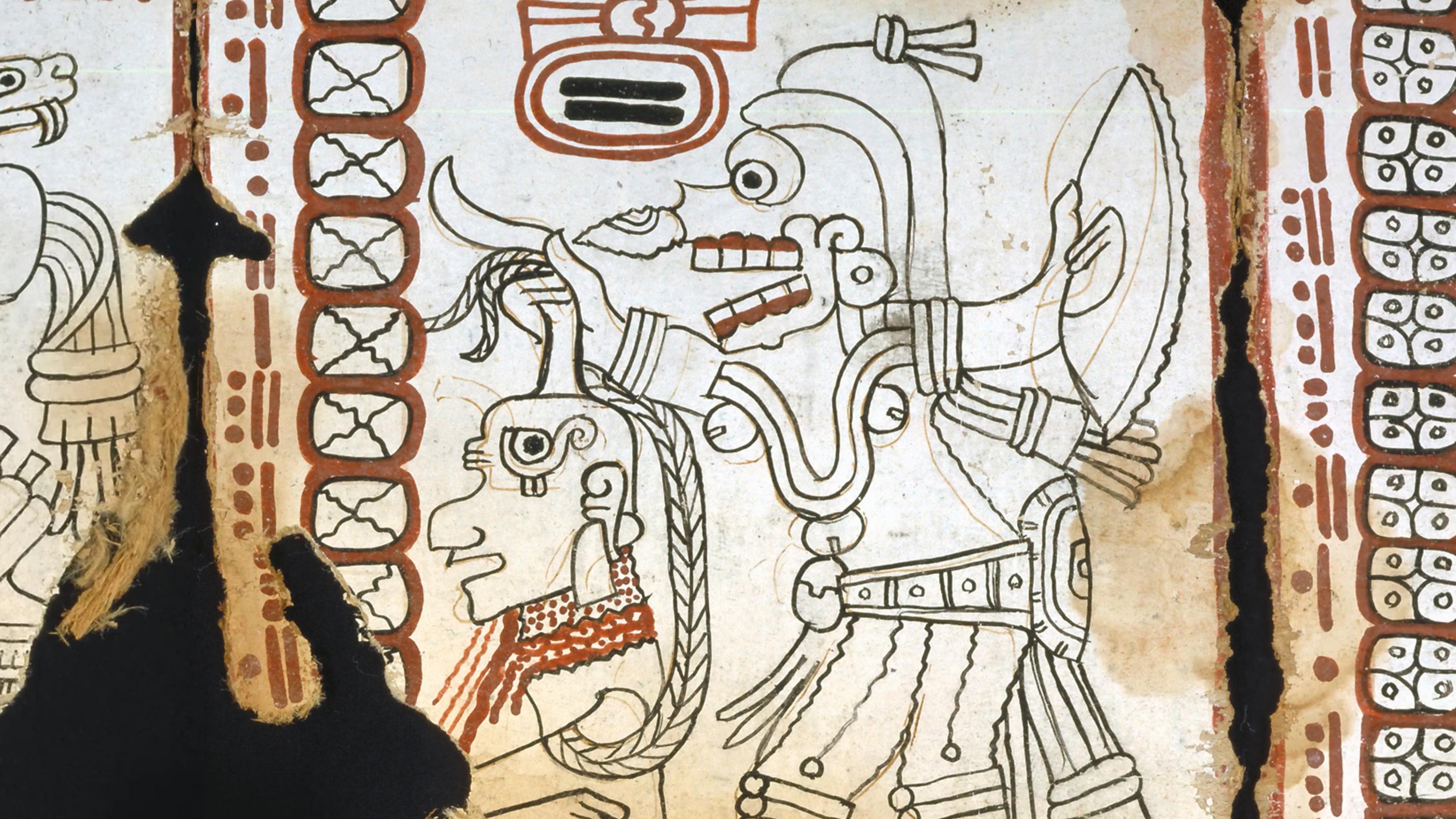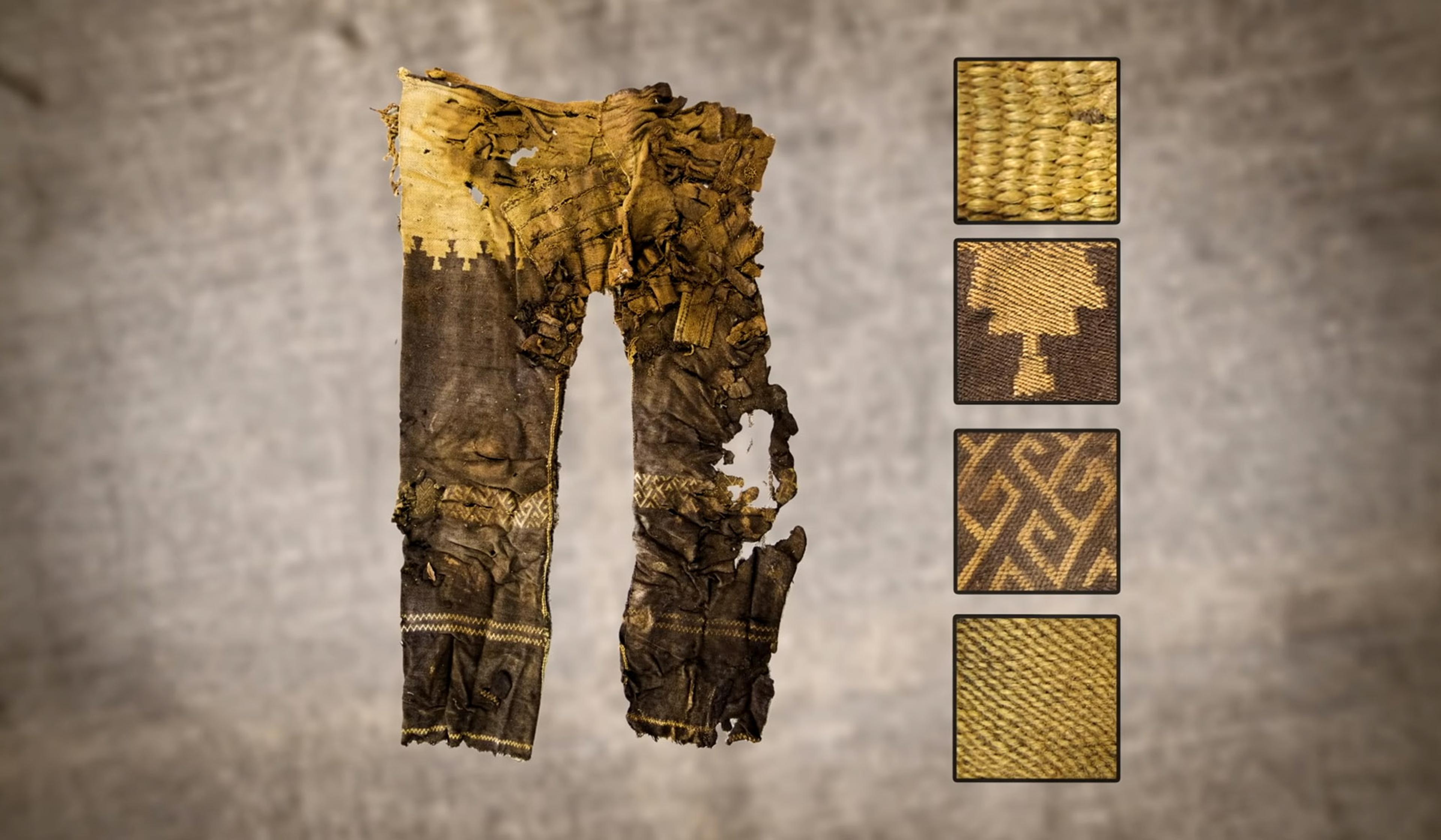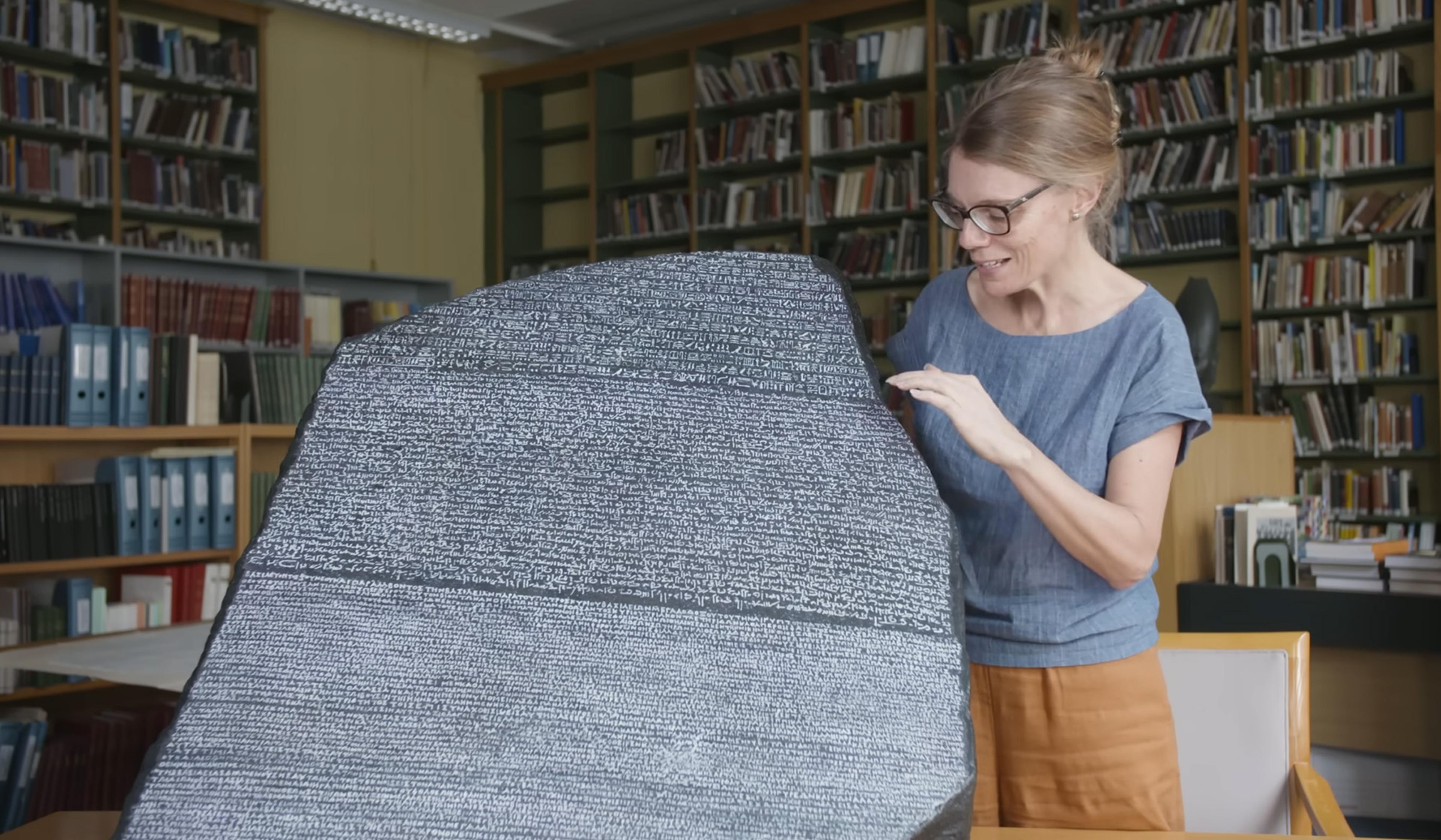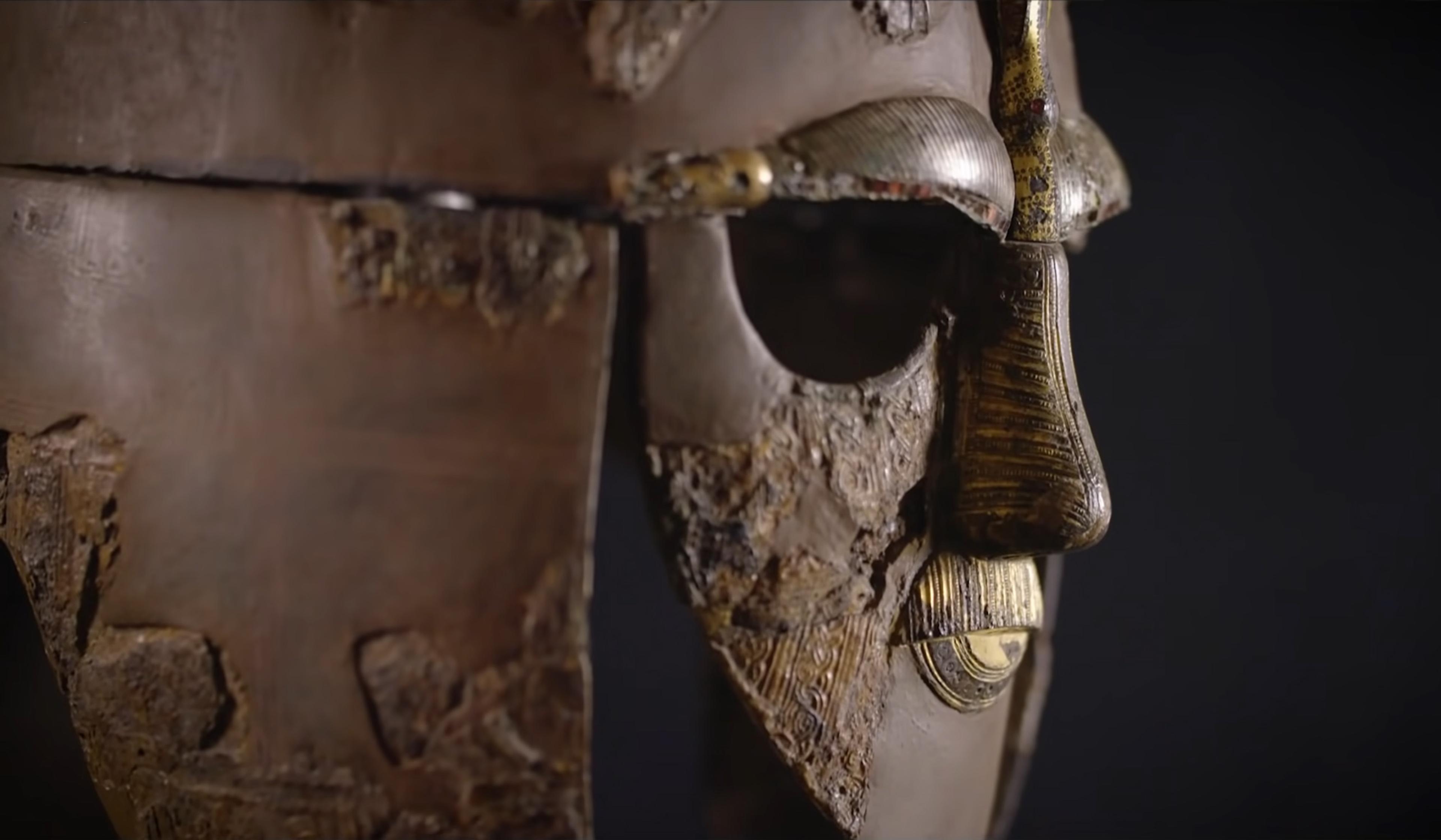The khipu was a record-keeping device made from fibre strings that used knots to encode layers of information. They first appeared in Wari culture in modern-day Peru around 600 CE, and were later used across the Inka Empire. These remarkable, portable archives centralised and collapsed language, mathematics, history and accounting into a single object. So complex were the khipus that khipukamayuqs – or ‘readers of the knots’ – were trained specifically to decode them. Today, there are roughly 1,000 known khipus in museums around the world, varying greatly in both size and in purpose. And, as this video from the British Museum explores, these objects offer a remarkable window into pre-Columbian Andean culture and society – from military strategies to tax obligations – revealing much about the inner workings of the Inka Empire.
Reading the strings and knots that keep the secrets of the Inka Empire
Video by the British Museum

videoWar and peace
The extraordinary craft and fascinating symbolism of a pre-Incan ceremonial shield
3 minutes

videoThe ancient world
How writing began, and other unexpectedly funny stories about cuneiform
39 minutes

videoHistory of technology
The Americas’ oldest book is an intricate work of Maya astronomy
9 minutes

videoArchaeology
How researchers finally solved the puzzle of the oldest known map of the world
18 minutes

videoHistory of technology
Unravelling the surprisingly epic story of the world’s oldest pair of trousers
45 minutes

videoThe ancient world
What did the Rosetta Stone’s inscription actually communicate?
17 minutes

videoArchaeology
What’s an ancient Greek brick doing in a Sumerian city? An archeological investigation
16 minutes

videoAstronomy
The remarkable innovations inspired by our need to know the night sky
5 minutes

videoArchaeology
The meanings and mysteries of the iconic Sutton Hoo helmet brought vividly to life
19 minutes